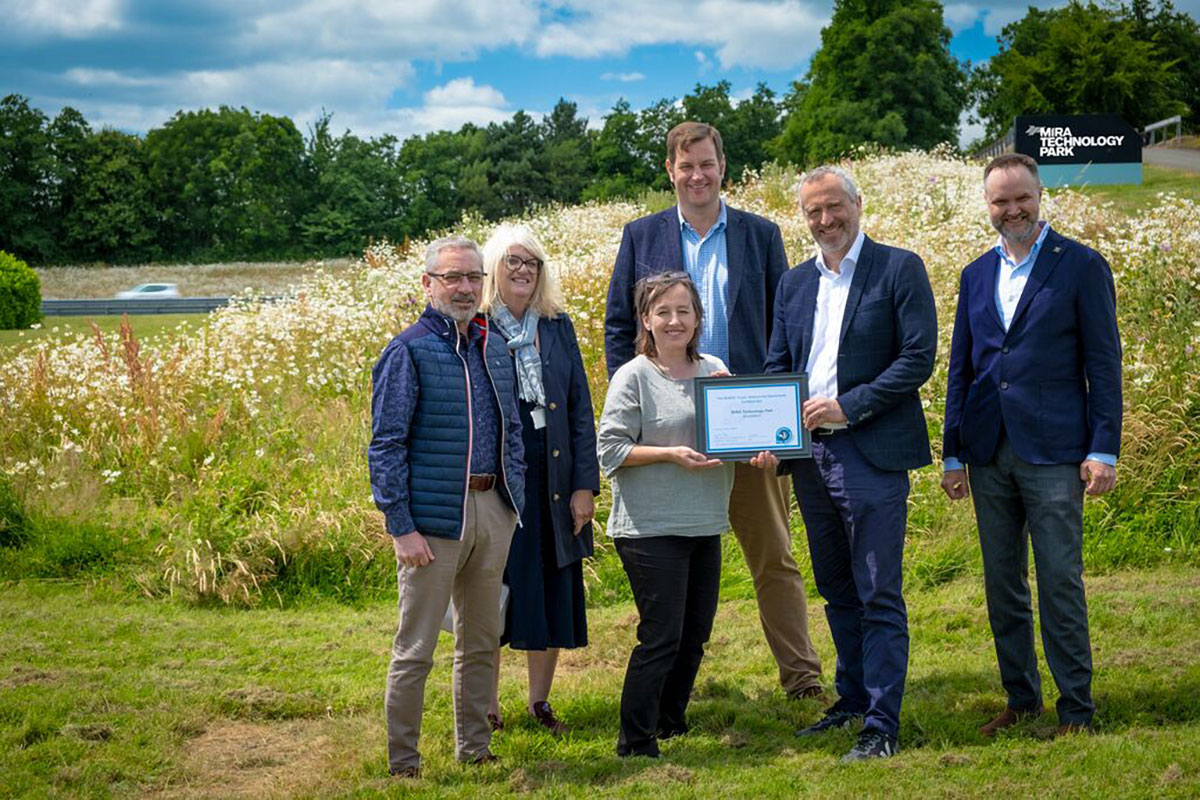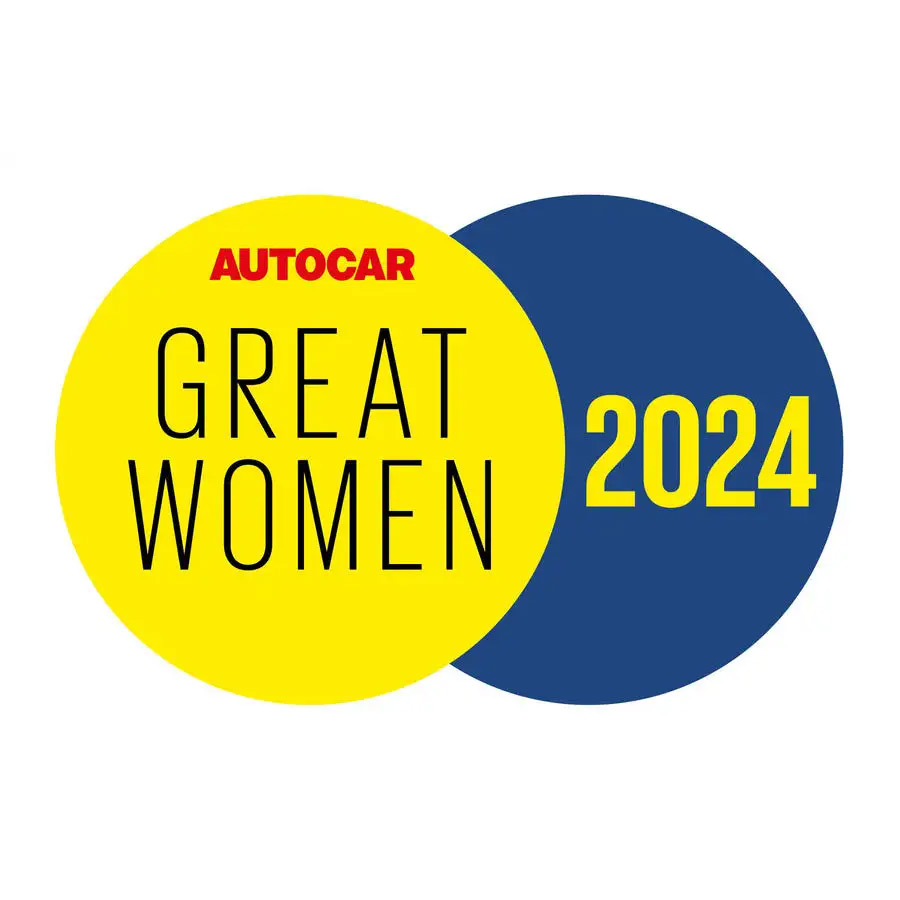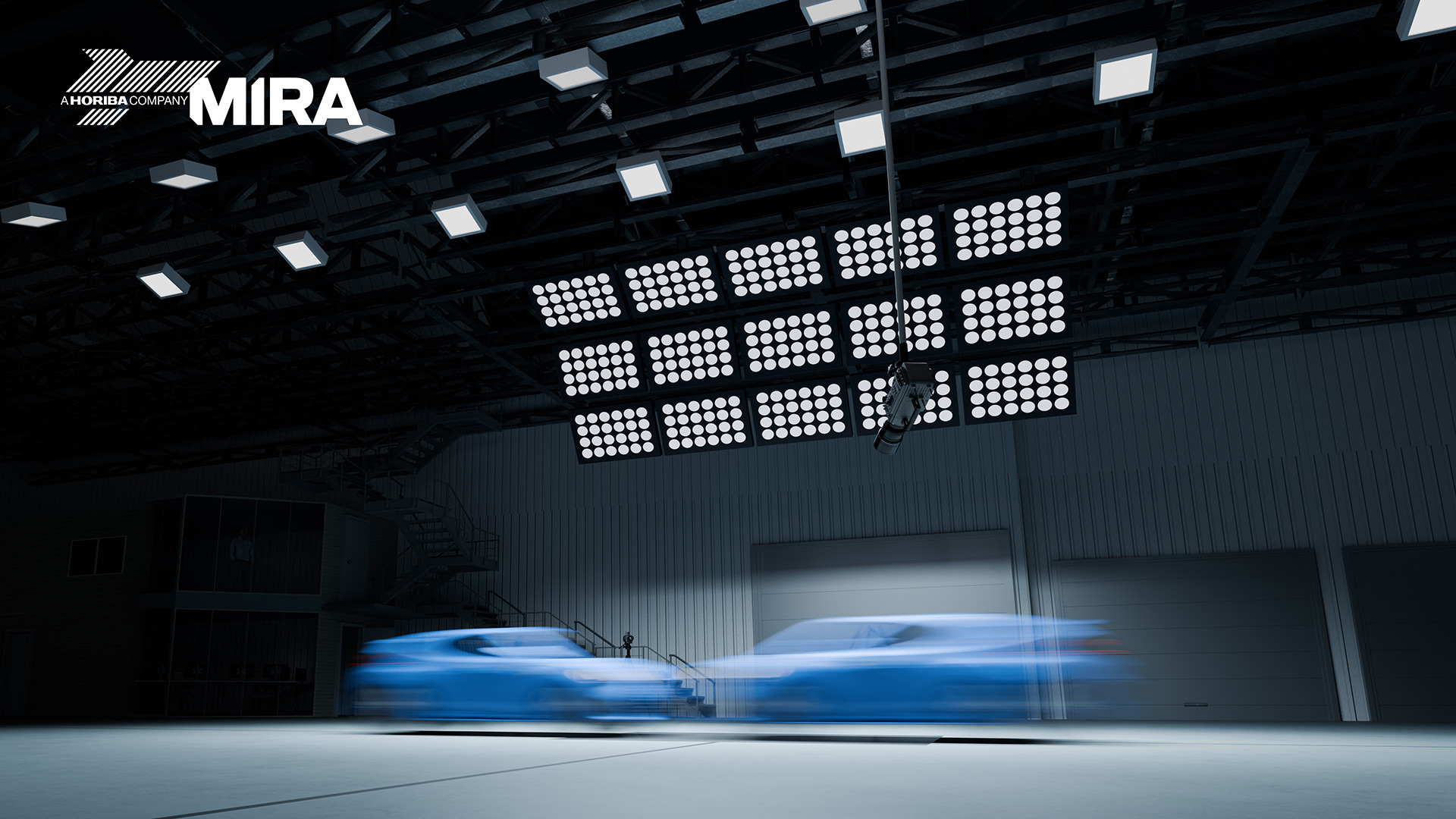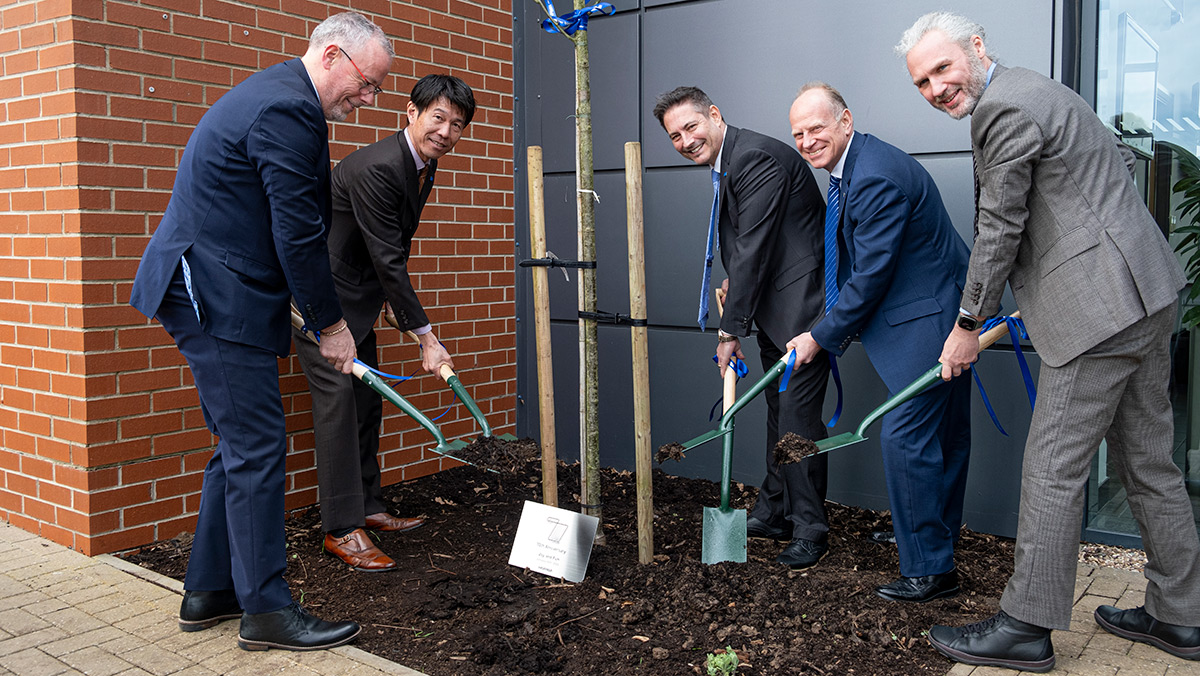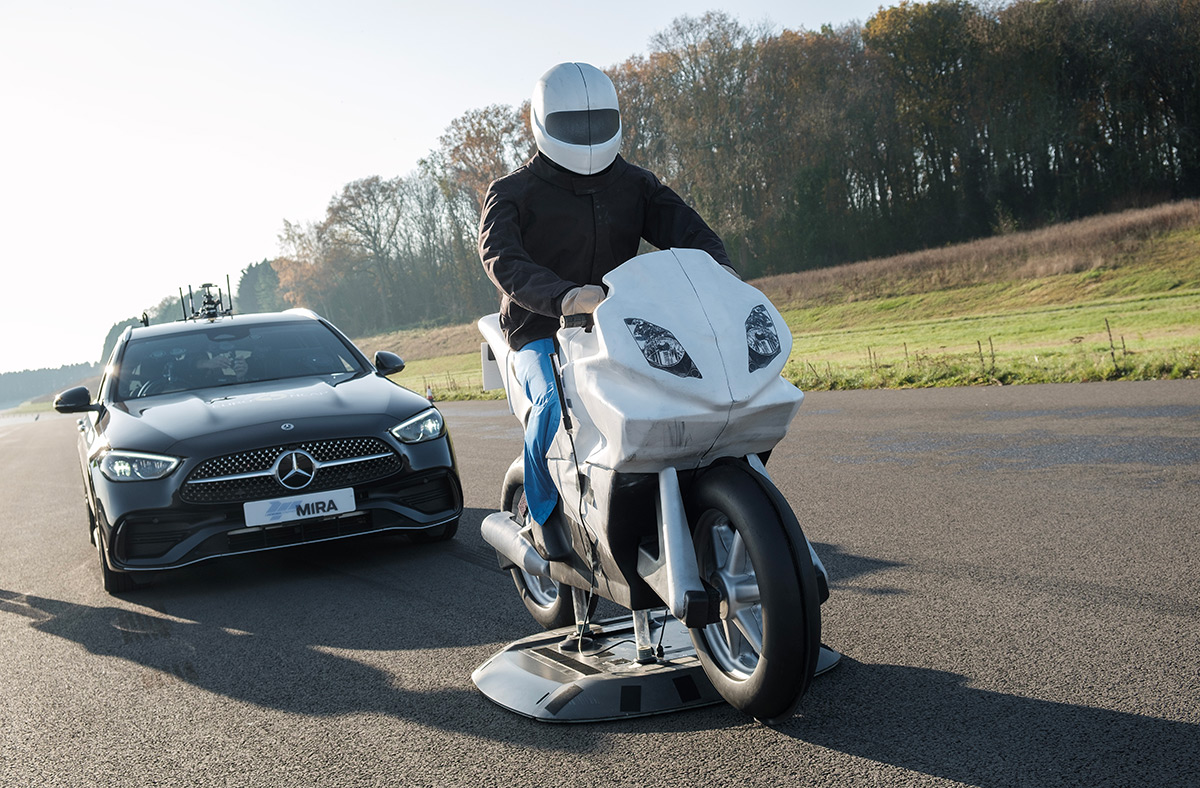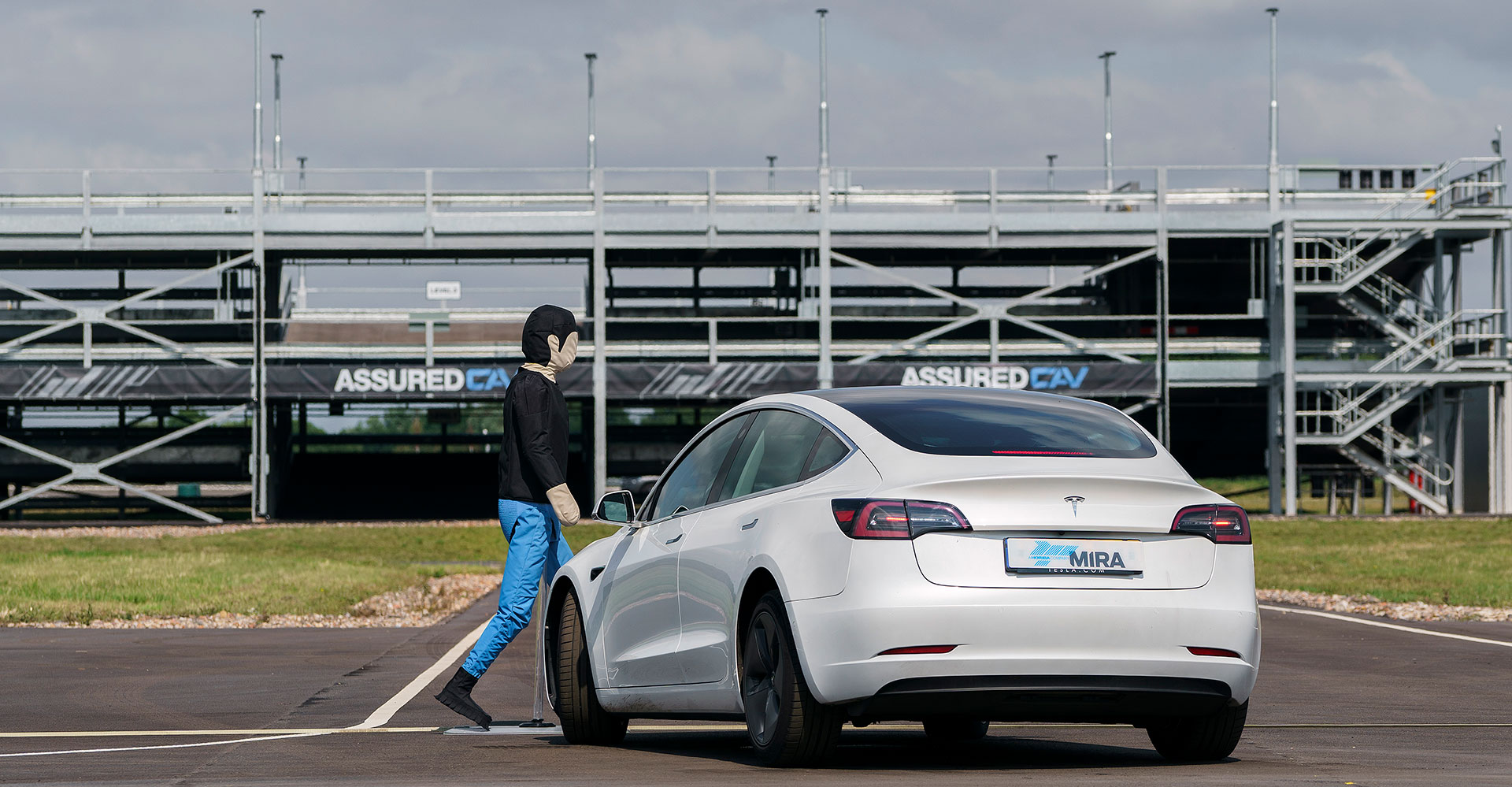The benefits of using co-simulation of efficiency, dynamics and automated driving systems to support the design of new vehicle platforms
Advancements in co-simulation have huge potential to provide cost, time and resource savings as well as reducing risk and improving quality.
Vehicle development programs can be long and costly processes, but the automotive industry has made great strides in improving their overall efficiency over the years. One of the biggest breakthroughs has been in simulation and the associated digital revolutions that have led to a reduction of the number of physical prototypes required and the duration of projects.
Project Vivid
HORIBA MIRA in partnership with Ford, IPG Automotive, Loughborough University, and the Institute of Digital Engineering has produced a new whitepaper as part of Project ViVID – ‘Virtual Vehicle Integration and Development’ a collaborative project funded by the Advanced Propulsion Centre working to bring together a portfolio of new digital engineering and advanced, connected hardware and automation methodologies to demonstrate a new approach to the development and validation of whole vehicle attributes. The whitepaper discusses the application of co-simulation technologies in the design of new vehicle platforms and provides real-life case studies where co-simulation has been applied to address challenging engineering problems across the V-model.
The paper is available here
To learn more about Project ViVID, visit: https://www.project-vivid.com/
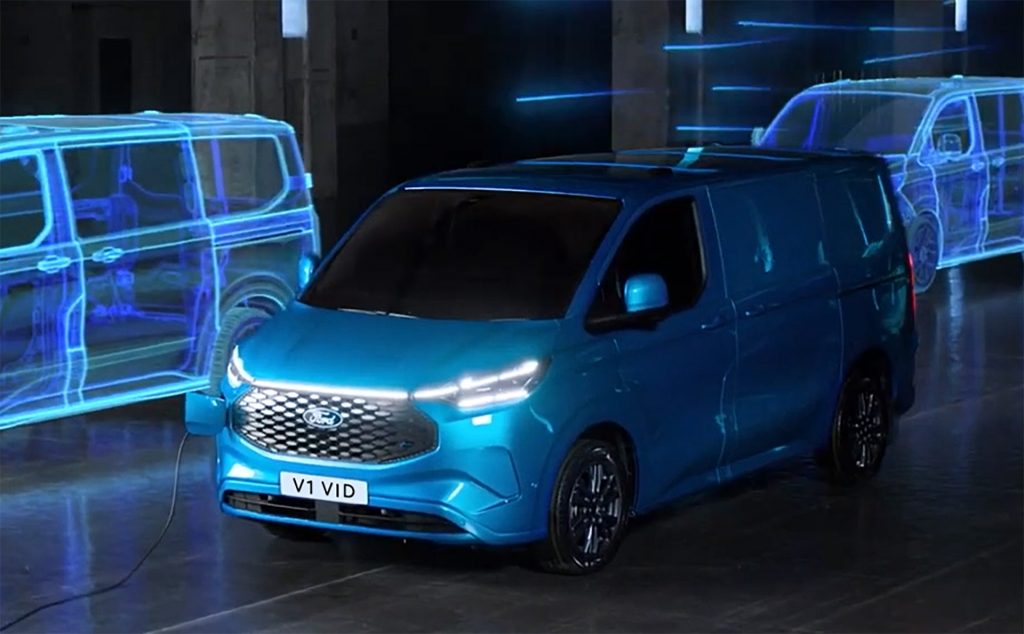
HORIBA’s Intelligent Lab Suite – Empirical Digital Twin
A critical element in the use of complex scenario-based simulation such as that demonstrated by the ViVID project is accurate plant models.
HORIBA’s Intelligent Lab Suite has a tool which can create digital replicas using physical measurement. For this, transient excitation cycles are first designed and then applied to a test automation system to stimulate a non-linear system such as a hybrid powertrain. The data generated by this cycle is then used to train a neural network which creates a highly accurate empirical digital twin model. This model can then be used in a co-simulation to make accurate predictions of performance, energy use and emissions.

Digital twins are common in production and building design. However, Empirical Digital Twins are relatively new. They use real measured data and can run very efficiently or faster than real-time. This means co-simulations of scenarios with full vehicle and environment models can run in seconds on a basic laptop. The result are accurate forecasts of performance, emissions and electric range for 1,000s of permutations.
